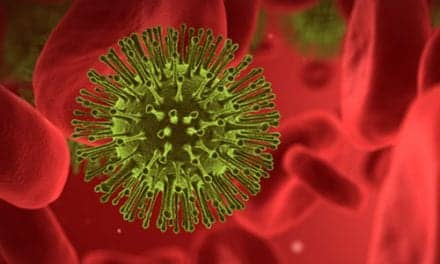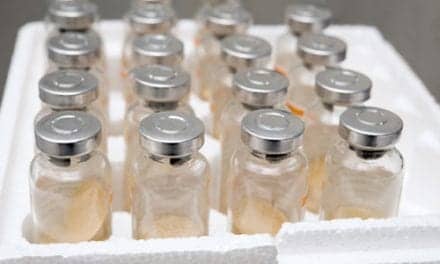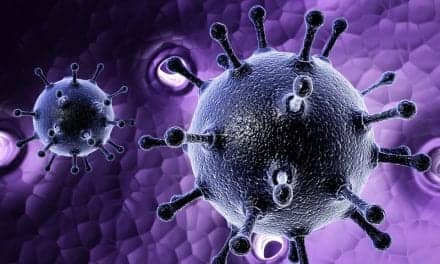In what they believe to be the first scientific analysis of probable human-to-human transmission of H7N9, researchers concluded that “The infection of the daughter probably resulted from contact with her father (the index patient) during unprotected exposure, suggesting that in this cluster the virus was able to transmit from person to person.”
Still, the authors do not believe the virus has gained the ability to transmit from person to person.
Most H7N9 cases have been in people who visited live poultry markets or who were in close contact with live poultry in seven to 10 days before falling ill. The first “index” patient regularly went to a live poultry market in Eastern China and fell ill five to six days after his last exposure to poultry. He died of multi-organ failure two months after being admitted to hospital.
His healthy 32-year-old daughter provided direct bedside care for her father in the hospital. Though she had no known exposure to live poultry, she developed symptoms six days after her last contact with her father. She was admitted to the hospital where she died of multi-organ failure roughly a month later.
Forty three close contacts of both patients were identified, all of whom contacts tested negative for haemagglutination inhibition antibodies specific for avian H7N9.
Genome sequencing and analyses showed the viral strains in the index patient and his daughter were genetically identical, a strong suggestion that the virus was transmitted directly from father to daughter, according to researchers.
A related editorial by James Rudge and Richard Coker of the London School of Hygiene and Tropical Medicine, noted that “while the paper … might not suggest that H7N9 is any closer to delivering the next pandemic, it does provide a timely reminder of the need to remain extremely vigilant: the threat posed by H7N9 has by no means passed.”
The H7N9 virus has infected at least 133 people and killed 43, according to data released by the World Health Organization (WHO), which provides updates on the virus.









